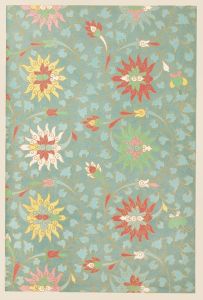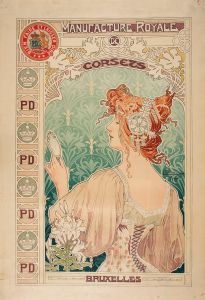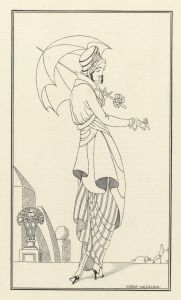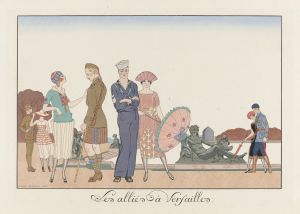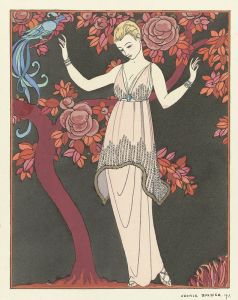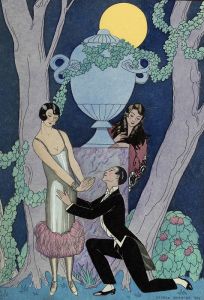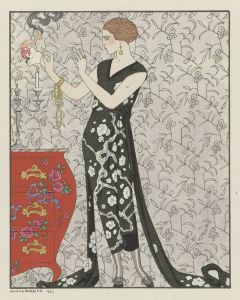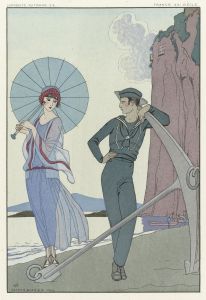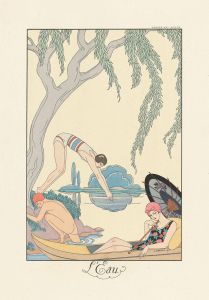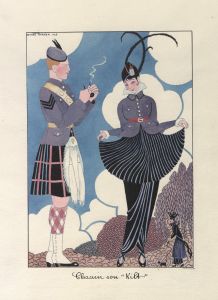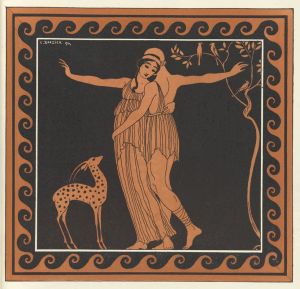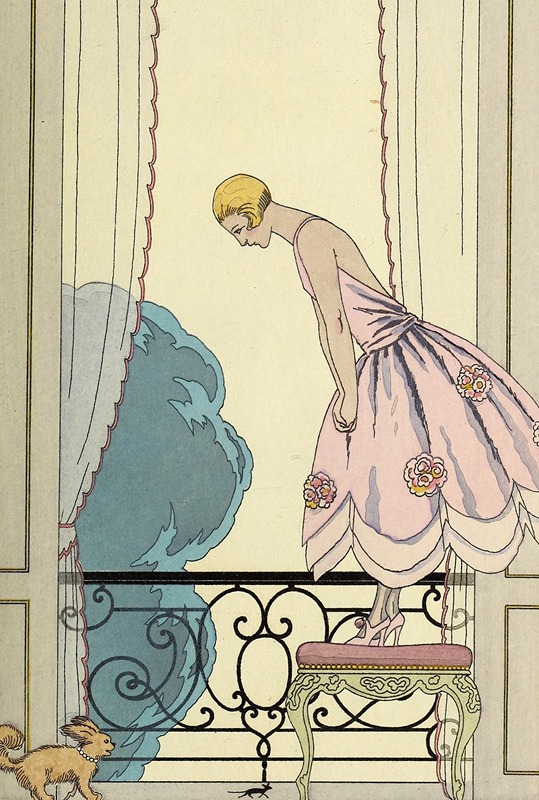
Falbalas et fanfreluches, La Souris
A hand-painted replica of George Barbier’s masterpiece Falbalas et fanfreluches, La Souris, meticulously crafted by professional artists to capture the true essence of the original. Each piece is created with museum-quality canvas and rare mineral pigments, carefully painted by experienced artists with delicate brushstrokes and rich, layered colors to perfectly recreate the texture of the original artwork. Unlike machine-printed reproductions, this hand-painted version brings the painting to life, infused with the artist’s emotions and skill in every stroke. Whether for personal collection or home decoration, it instantly elevates the artistic atmosphere of any space.
"Falbalas et fanfreluches, La Souris" is an illustration created by the renowned French artist George Barbier. George Barbier, born in 1882 and passing in 1932, was a prominent figure in the Art Deco movement, known for his elegant and sophisticated illustrations that often depicted fashion, theater, and ballet scenes. His work is characterized by its refined lines, vibrant colors, and a sense of opulence and glamour.
"Falbalas et fanfreluches" was a series of fashion almanacs published annually from 1922 to 1926. These almanacs were highly regarded for their exquisite illustrations and were a significant contribution to the fashion and art world during the early 20th century. Each edition featured a collection of plates that showcased the latest trends in fashion, often accompanied by poetic or whimsical texts.
"La Souris" is one of the illustrations from the "Falbalas et fanfreluches" series. The title translates to "The Mouse" in English. This particular illustration exemplifies Barbier's distinctive style, combining elements of fantasy with high fashion. The image typically features a fashionable figure, often a woman, adorned in elaborate and stylish attire, set against a backdrop that enhances the overall aesthetic appeal.
Barbier's work, including "La Souris," is celebrated for its meticulous attention to detail and its ability to capture the essence of the Art Deco period. His illustrations often reflect the luxurious and hedonistic lifestyle of the 1920s, a time when fashion and art were undergoing significant transformations. The use of bold colors, intricate patterns, and elegant compositions in his work has left a lasting impact on the world of fashion illustration.
The "Falbalas et fanfreluches" almanacs were not just fashion catalogs; they were artistic masterpieces that provided a glimpse into the cultural and social dynamics of the time. They were highly sought after by collectors and fashion enthusiasts alike, and they continue to be appreciated for their artistic and historical value.
George Barbier's contributions to the art and fashion world extend beyond his illustrations. He also worked as a costume designer for theater and ballet, collaborated with various fashion designers, and illustrated numerous books and magazines. His legacy is preserved in the many works he left behind, which continue to inspire and captivate audiences to this day.
In summary, "Falbalas et fanfreluches, La Souris" by George Barbier is a quintessential example of Art Deco fashion illustration. It reflects the elegance and sophistication of the era, showcasing Barbier's talent for combining fashion with art in a way that remains timeless and influential.





